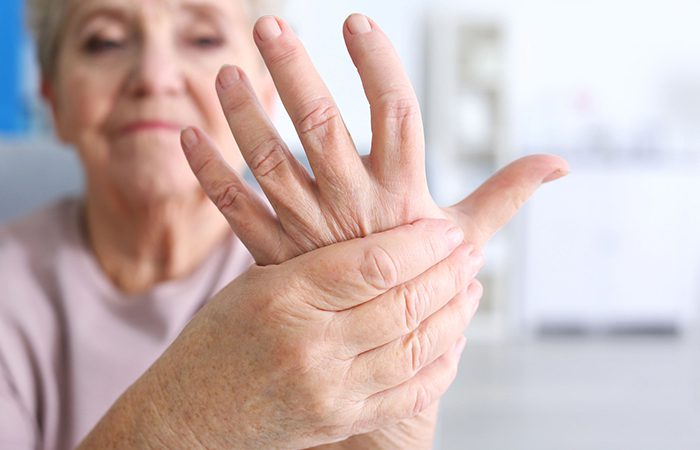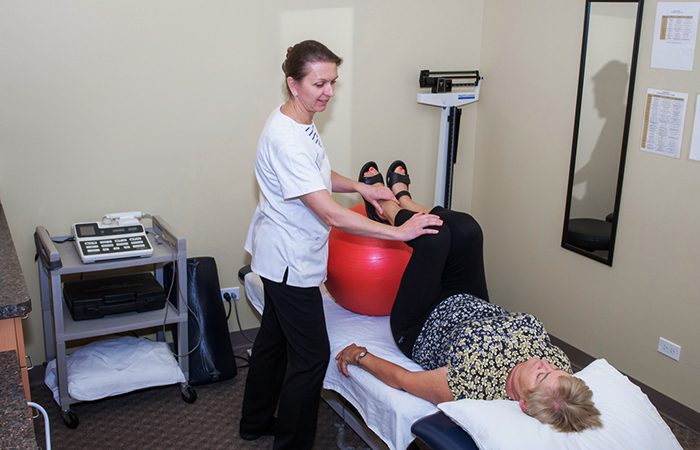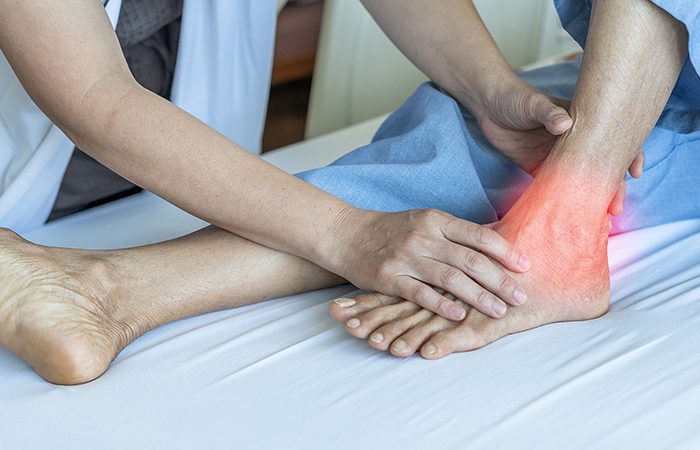Arthritis Management Program
WHAT IS ARTHRITIS?
Arthritis is a term encompassing a group of over 100 diseases. The common factor between them all is the swelling and inflammation of joints. It causes pain and discomfort in the connective tissues throughout the body. Most prevalent among the forms of arthritis are Rheumatoid and Osteoarthritis. Gout is also common, but it is the most curable. Arthritis is most seen in adults over the age of 65, however, it does at times develop in younger adults, teenagers, and even children. It is also more frequent in women than men, as well as among people who are overweight.
THE MOST COMMON SYMPTOMS OF ARTHRITIS
Depending on the type of arthritis the symptoms may develop gradually over time however, there are cases when they appear quite suddenly.
The most recurrent are:
- Pain, swelling, and stiffness in one or multiple joints
- Morning stiffness lasting for a short time
- Low-grade fever
- Decrease in range of motion




ARTHRITIS TREATMENT
The treatment for arthritis is oriented toward reducing inflammation and pain as well as improving the functionality of the joints.
Manual Therapy: Mobilization techniques are applied to a joint or soft tissue in a specific manner to help restore full movement to a joint that is painful and restricted. Our skilled manual therapists are immensely helpful with chronic forms of arthritis and are often successful when other methods such as heat and exercise have given little or no relief. PDR’s therapists have taken many courses in Strain Counterstrain and used this manual technique with great success.
Therapeutic Exercise: Gentle, low-impact exercises are best for arthritis. They minimize stress on the joint as they increase its flexibility and strength; regular exercise can lessen – and even relieve – arthritis pain and other symptoms, such as stiffness and swelling, and can also slow the rate of deterioration.
Electrical Stimulation (E-stim) is a therapeutic modality that uses small electrodes placed on the skin around the area receiving treatment to send mild electrical pulses through the skin. They help stimulate the nerves to block the transmission of pain signals from reaching the spinal cord and brain. The pulses also stimulate the body to produce our own natural pain-relieving chemicals called endorphins.




Iontophoresis is a different type of E-stim Using a low-volt direct electrical current to deliver medication such as an anti-inflammatory or a pain-reliever, that penetrates the skin to the affected and painful area.
Laser: At PDR we have been successfully using low-level lasers to promote healing and pain relief. Lasers send cold light through skin layers to soft tissue cells to stimulate blood flow and cell metabolism. The laser helps promote natural healing and pain relief.
Ultrasound: This type of therapy uses high-frequency sound waves (those above the range we hear) to help ease painful joints and muscles. Ultrasound treatment is done by a therapist who guides the waves into the body through an ultrasound machine.
